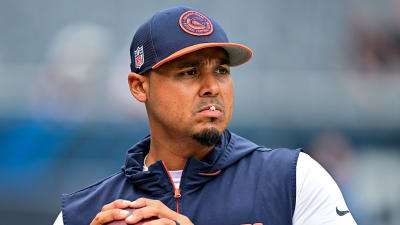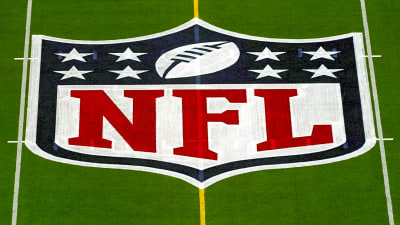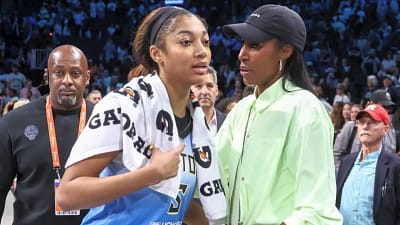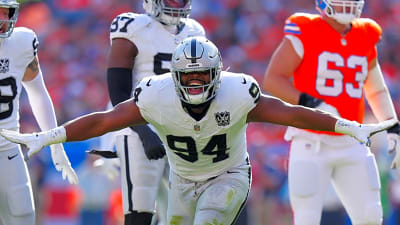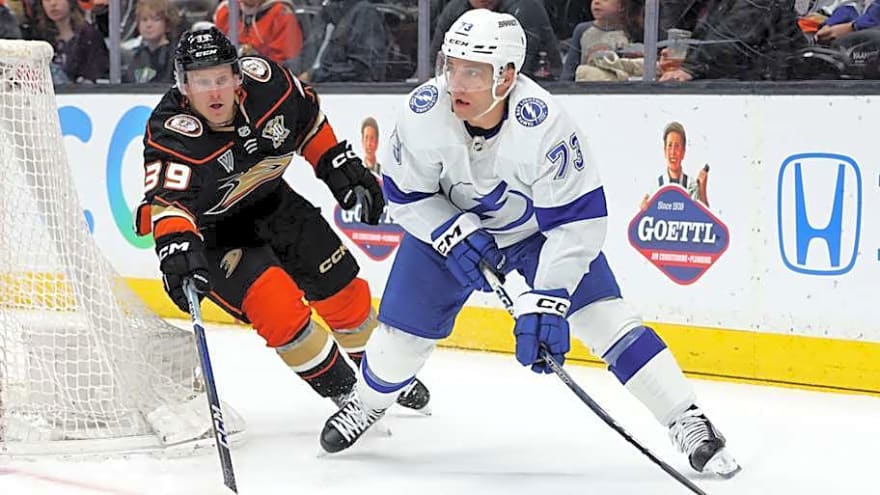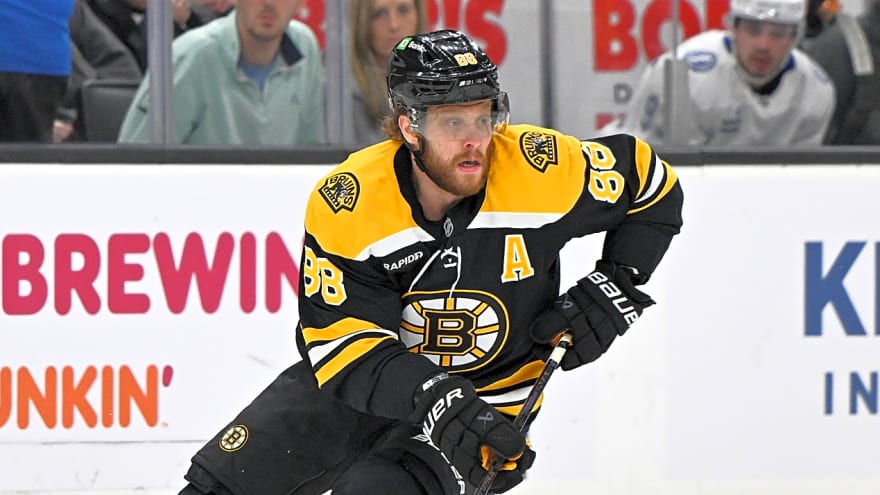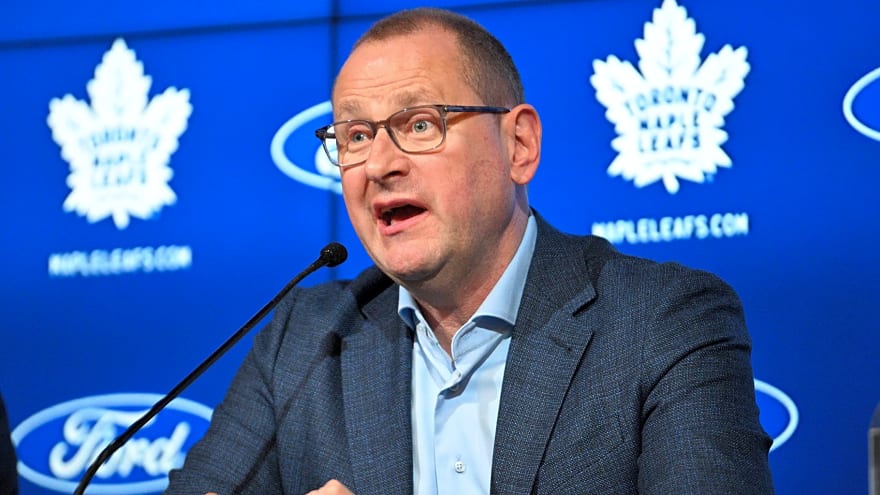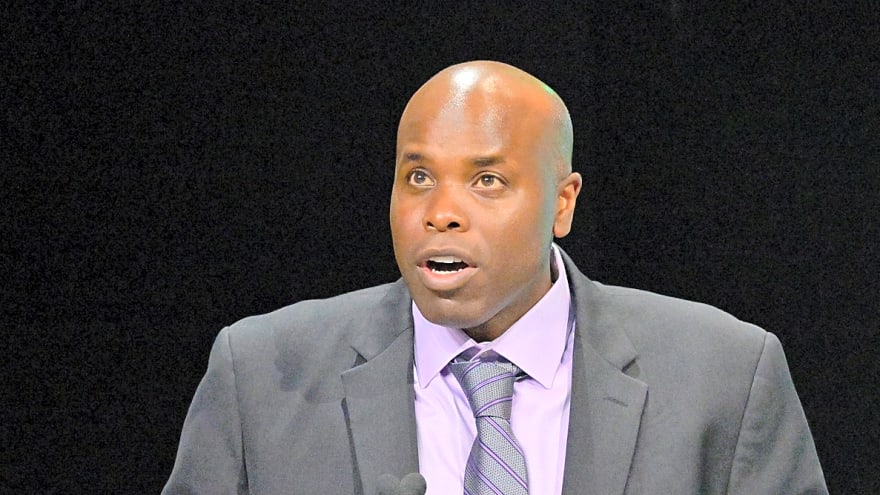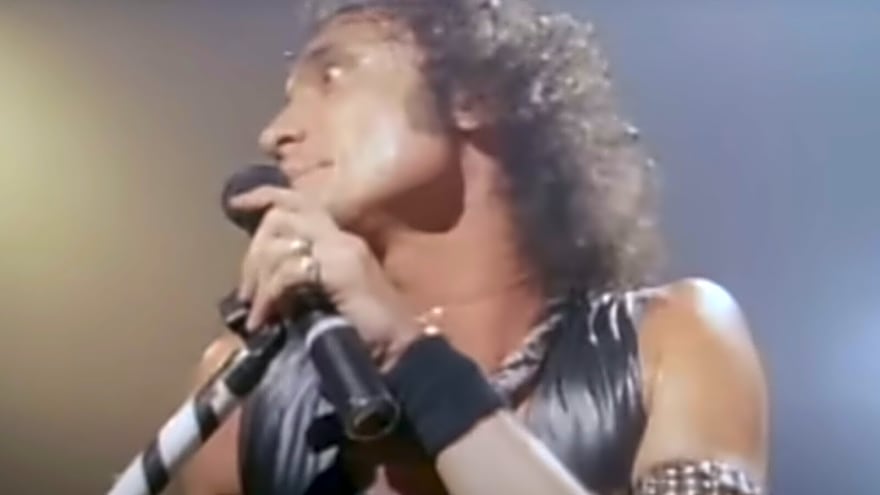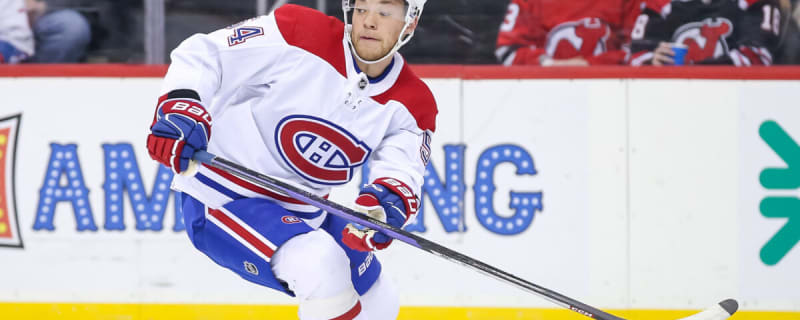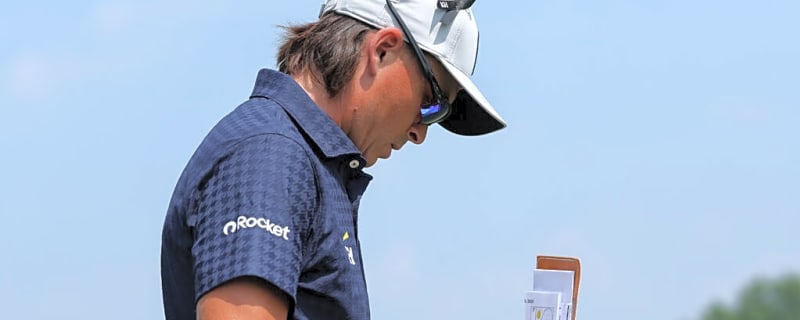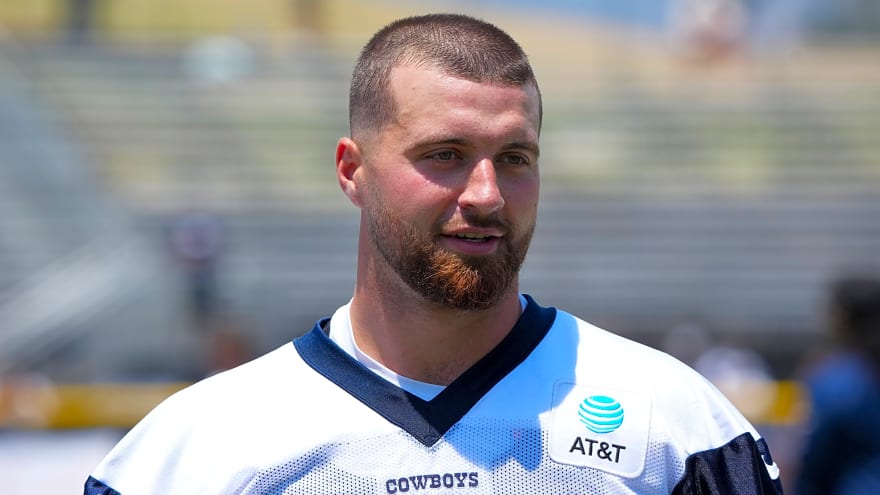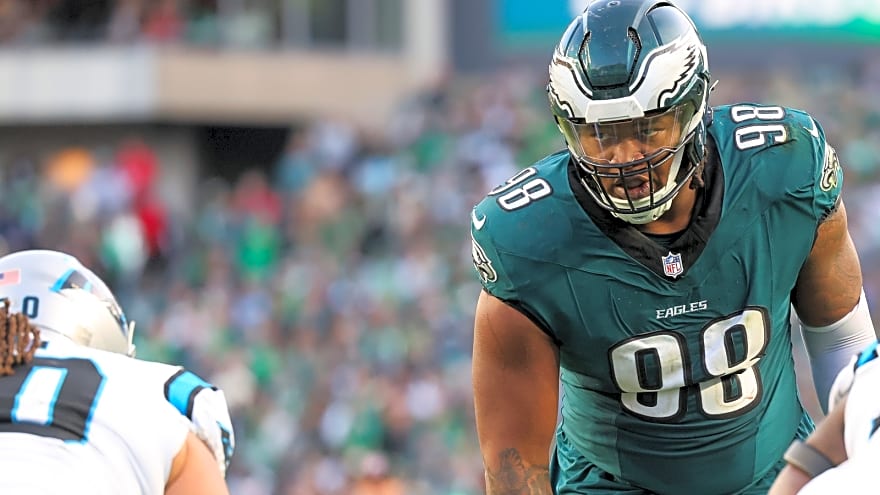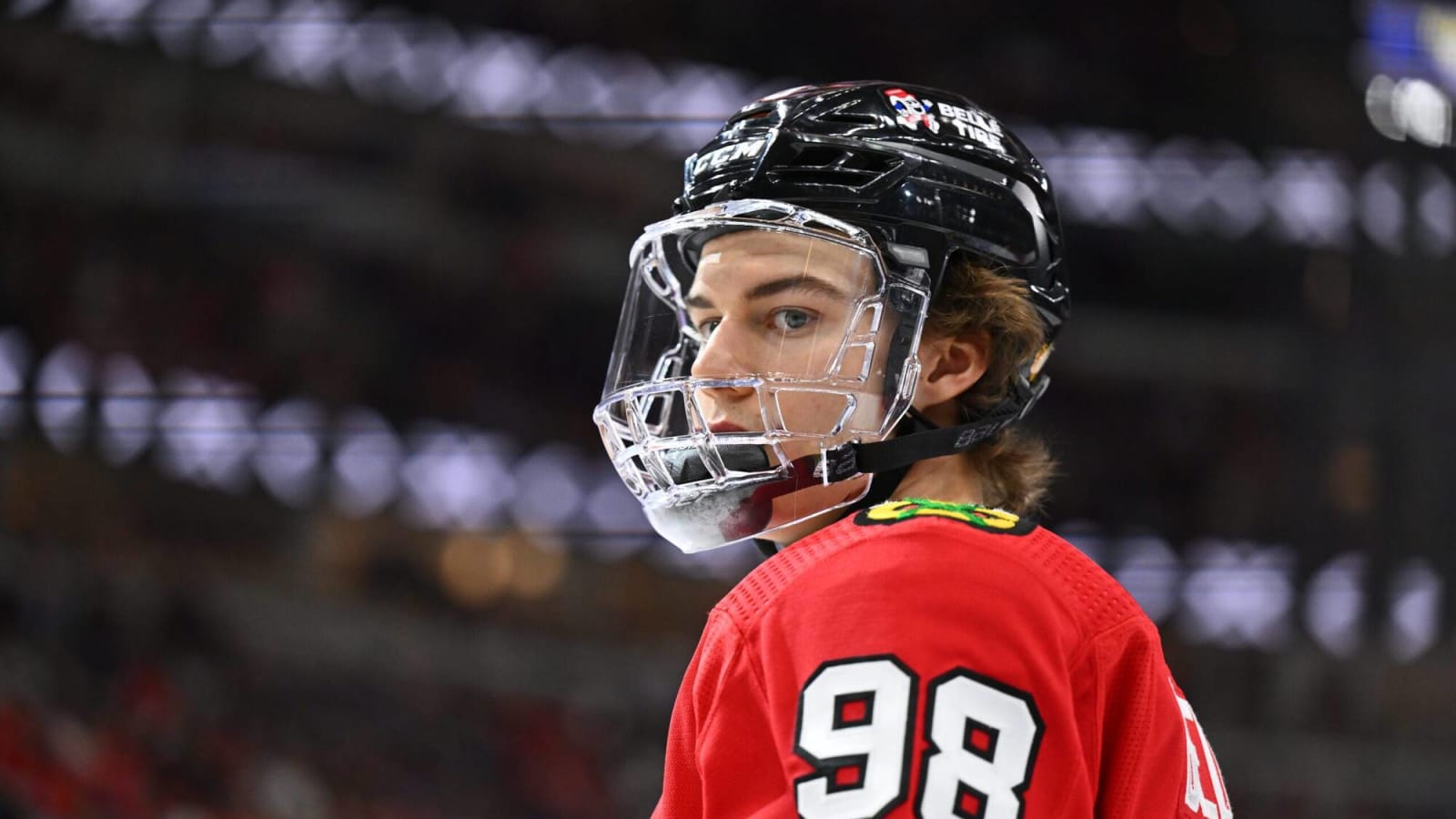
Everyone loves rookie seasons.
The perennial promise of the next generation of talent brings limitless possibilities. While you might lose a step in beer league hockey or see your first gray hair, the next NHL rookie sensations will start fresh every year without fail.
With the latest freshman class featuring the most hyped prospect since Connor McDavid, the push to evaluate, compare and scrutinize goes into overdrive. Spoiler alert: we’re doing that today. But we’re going to take the measured and open-minded view necessary when evaluating an 18-year-old athlete.
With just a dozen games to go in his Chicago Blackhawks’ regular season, we’re diving into Connor Bedard’s rookie year. We’re contrasting his debut to the salary cap era’s first overall picks. And, just for fun, we’re going back in time to check on the early results of generational talents – all the way back to Wayne Gretzky.
Bedard’s 2023-24
Now, it’s no secret the Blackhawks are a few years away from being competitive. If a team wins 19 of its first 70 games, it’s part of a long-term plan – one now built around Bedard. By raw numbers, his stat line is 21 goals, 33 assists, 54 points, and minus-39 in 56 games, averaging 19:36 in ice time per night. Despite missing 14 games to jaw surgery, his point total comfortably leads the Hawks.
But you can read about that anywhere.
How has Bedard looked?
Impressively, he’s been largely as advertised. The jaw-dropping toolkit he showcased in junior hockey has translated smoothly. Bedard’s shot is already world class, his effortless release and ability to make late adjustments with his hands conspiring to regularly fool NHL goalies. While he doesn’t play with the personnel to pad his power play numbers, Bedard’s creativity, vision, and threatening shot have generated significant scoring chances with the man advantage.

JFresh Hockey‘s microstat card above supports the eye test.
Using game tracking by Corey Sznajder’s All Three Zones project, Bedard is already NHL-lethal across most offense-generating metrics. While he’s not a burner in skating speed (61st percentile), the amount of bright blue in the chart above is rare at any age.
Friendly reminder: he’s 18.
Should anyone be concerned about his defense? No, not really. His lackluster defensive impact is not strictly from playing on a lottery team, though. Teammate Jason Dickinson and fellow building block Alex Vlasic provide premium defensive value. While coach Luke Richardson has been pleased with gradual gains in Bedard’s defensive habits, the data shows he’s played the one-way game you might expect from a teenage phenom.
Sure, it would’ve been nice if he arrived as a shot-suppressing center, but let’s be honest, it’s hard to get too excited about his defensive play. Chicago scored only 20 goals in the 14 games Bedard was injured. As the only Ferrari on the lot, the need to push for offense is understandable. By the time the franchise’s competitive window opens, Bedard will be an entirely different player on an overhauled roster.
1st Overall Picks in the Salary Cap Era
We’ll expand our view of Bedard’s rookie year by comparing to recent top draft prospects. Since the 2005 NHL Entry Draft, there have been 15 forwards taken first overall. While high-end draft talent varies, past #1 selections offer some insight on both how Bedard’s season stacks up and how offensive output evolves.
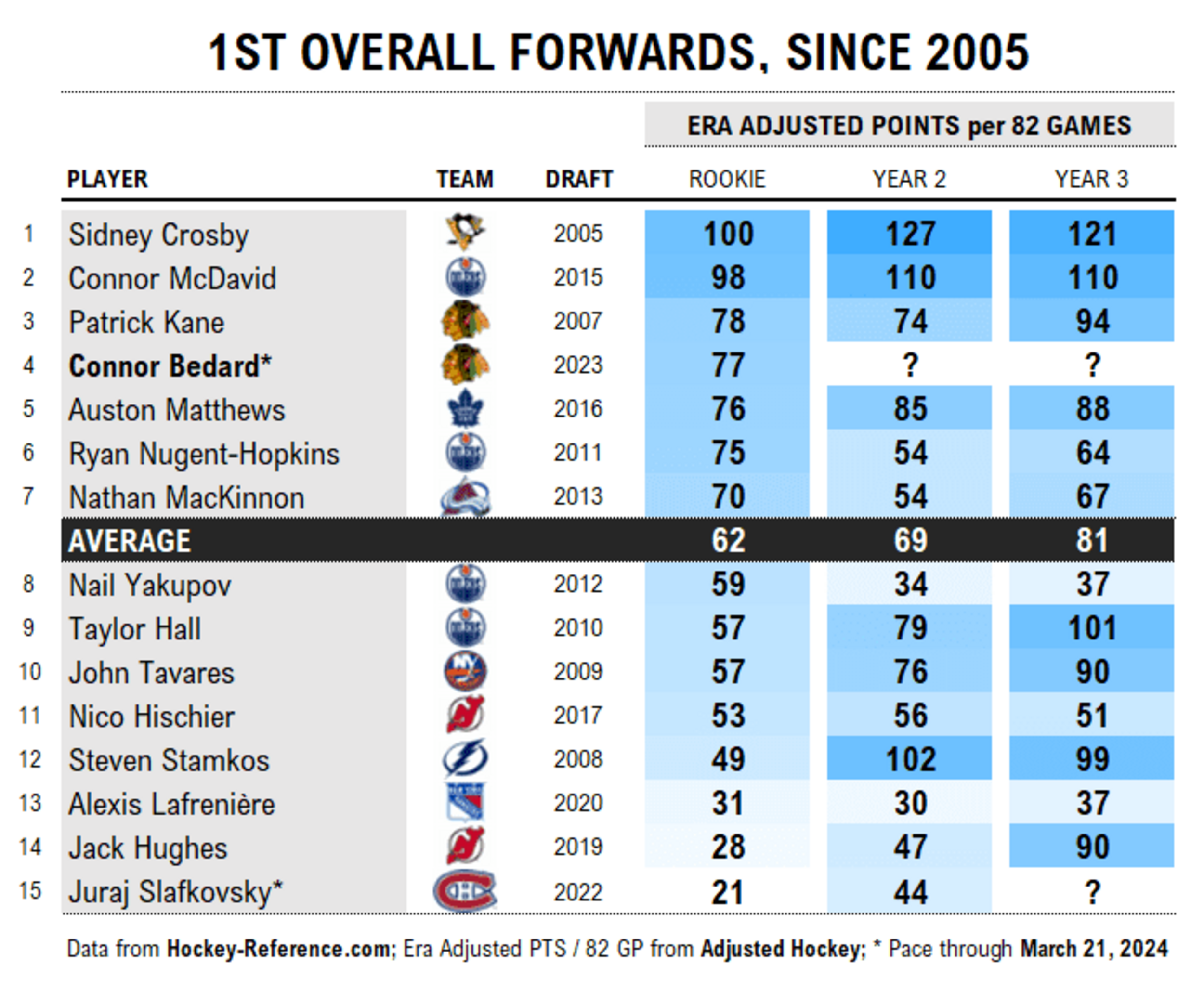
Sidney Crosby remains the gold standard for NHL-ready prodigies, debuting at an era-adjusted 100-point pace. At 19, he joined Gretzky as the only teenage MVP in major pro sports. McDavid was not far behind, winning back-to-back scoring titles in his second and third seasons. Given Bedard’s extreme ambition and comparable pedigree, these two guys offer ideal blueprints.
But even among first overall picks, career destinations can be a mixed bag, ranging from no-doubt Hall of Famers to, well, Nail Yakupov. Both the players and the production above are intriguing.
The clear takeaway is that the road to excellence is not always paved:
- Nugent-Hopkins‘ rookie pace (75) fell off quickly – he wouldn’t top it again until his ninth season.
- MacKinnon‘s rookie pace (70) similarly flatlined – he didn’t break out until his fifth season (110).
- Yakupov‘s peak pace (59) was his debut season – he was out of the NHL by age 24.
- Stamkos was often stapled to the bench as a rookie (49) but doubled his output as a sophomore.
-
Hughes‘ freshman pace (28) brought immediate criticism, yet he was outstanding by Year 3.
Many superstars – Kane, Matthews, Hall, Tavares – saw fairly normal development curves in terms of production. Maybe that’s what we’ll see from Bedard. His first year in Chicago is eerily similar to the franchise pillar he replaced in Kane. Regardless of what’s next, as a rookie on a team starved for scoring, Bedard has already produced near the average rate of a first-overall pick’s third NHL season.
Generational Talents
Now that we’ve had a sensible look at Bedard’s first season, it’s time to say goodbye to our senses. Let’s dream big of what could be – a place among hockey’s titans.
The label ‘generational talent’ is in the eye of the beholder. Is it based on prospect hype? Does the player need to fully realize the talent? Is it both? How far apart is a generation anyway? All great questions, none of which can be objectively answered. But here’s our definition: a player with such unmistakable promise and immediate impact that they reasonably could be the NHL’s best player over a 10-year span.
We’ve got eight forwards spanning 45 years. We’ll start with Gretzky’s debut and work our way to the man of the hour. Let’s not get too hung up on who is (or isn’t) on the list – this is about Bedard after all. We’re reviewing these mega-talents’ career trajectories from age 18 to 24 based on Hockey-Reference‘s January 31st mid-season age cutoff.

So, what can we learn from some of the best to ever do it?
First, due to early birthdays (Gretzky, McDavid), late birthdays delaying draft years (Lemieux, Ovechkin), and refusal to report (Lindros), only two other generational talents have had traditional 18-year-old seasons. Yes, even among teenage studs in NHL history, Bedard is young. In his age-18 season, Bedard is no Crosby. But Jagr at 18 was also no Bedard.
Unlike the cap era’s first overall picks, generational talents become all-world almost immediately, have no meaningful development setbacks, and reach their peak as point producers by 23 or 24.
For Lemieux, his ascension was slightly slower by his lofty standards, hurt by a lack of quality teammates in his early days in Pittsburgh. Jagr, only arriving in North America at 18, marinated a little slower than the others. Crosby and McDavid offer modern templates – hugely hyped, modestly-sized centers and products of Canada’s junior hockey system. Both were era-adjusted 100-point scorers as teens and era-adjusted 140-point scorers by their mid-20s.
Is this a reasonable expectation for Bedard? Perhaps. But lots has to go right to keep up to arguably the two greatest players since Lemieux. Chicago’s fortunes in the draft lottery this spring, as well as the progress of their well-stocked prospect cupboard, will inevitably impact Bedard’s output too. Both factors are out of his hands.
Connor Bedard’s evolution in the months and years ahead will be fascinating. He’s a must-watch talent with the drive to match, and has a blank canvas to paint his story.
And let’s not forget: he’s only 18.
Follow @AdjustedHockey on X; Data from Hockey-Reference.com
More must-reads:
- Mike Grier’s drafting propelling Sharks to certain future
- Shedeur Sanders gets new chance after Browns QB injury
- The 'MLB mascot names' quiz
Breaking News
Trending News
Customize Your Newsletter
 +
+
Get the latest news and rumors, customized to your favorite sports and teams. Emailed daily. Always free!
TODAY'S BEST

Two Rivals Emerge as Trade Suitors for Penguins' Erik Karlsson: Report
The Pittsburgh Penguins have been a team that opposing sides have been watching all offseason long. Pittsburgh has a few veteran players who could be on the move via trade, and it could see the front office be very active. With the Penguins in full rebuild mode, the team seems to be looking ahead to the future. One player that has been discussed in different deals is veteran defenseman Erik Karlsson. Karlsson still has two years remaining on his current contract, including this upcoming season. The veteran is owed $11.5 million in each year, so any team that would trade for him would need to take on his high salary. According to NHL insider Shayna Goldman, the options for the Penguins in any potential Karlsson trade have started to dwindle. But the Carolina Hurricanes and Ottawa Senators were mentioned as potential options to land the star defender. Last season with the Penguins, Karlsson scored 11 goals and 42 assists over 82 games. Karlsson showed impressive production for Pittsburgh, and he could be a valuable asset to any team that would trade for him. At this point in his career, Karlsson likely wants to play for a contending team. Both the Hurricanes and Senators could provide him with this, with both sides making the playoffs last season. Pittsburgh could likely net some strong future assets in any Karlsson deal, giving them more of a path forward. Trading for a player like Karlsson could be risky due to his age, but this could also be a move to help push a team over the hump in the quest to win a Stanley Cup title.
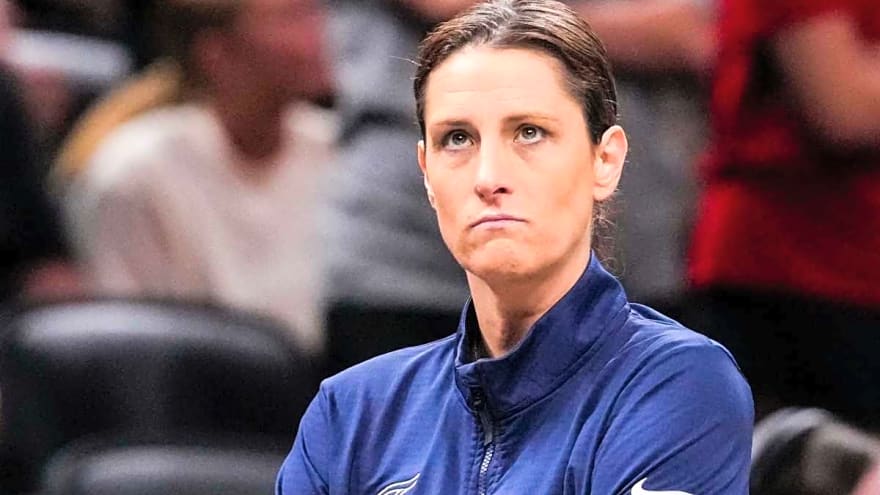
Stephanie White Puts Indiana Fever Players on Notice Despite Win Against Aces
The Indiana Fever’s starters turned in a strong all-around effort in Thursday’s 80-70 win over the Las Vegas Aces. The starting unit scored at least 13 points each, save for Aari McDonald, who registered nine points in 22 minutes of action. Indiana’s starters combined for 76 out of the team’s 80 points on the evening, which only means that the four other players who came off the bench accounted for just four points in the game. All that came from Sydney Colson, who went 2-of-5 in 18 minutes of playing time. Lexie Hull, Makayla Timpson and Damiris Dantas all failed to score in the win. Stephanie White Calls Out Fever's Bench Be that as it may, offense wasn’t even the biggest concern for head coach Stephanie White. In her postgame press conference, the veteran shot-caller called out Indiana’s bench for their lack of intensity on the defensive end, particularly in the first half. “Our bench has to be ready,” she said. “I felt like our bench in the second half was really good defensively. In the first half, I didn't feel that way. You got to be ready to come in and you got to be ready to guard your matchup and execute the game plan. "We have depth for a reason. We've got quality depth and we've got to be able to use it. So if fatigue is a factor in execution, then they just need to ask for a sub and I'll get them out and get them back in." It has been a bit of a busy stretch for the Fever at the midway point of the season. Thursday’s matchup against the Aces was their second game in three nights, and they will be back in action again on Sunday in a rivalry showdown against the Chicago Sky. White, however, isn’t accepting fatigue as an excuse. This is regardless of the fact that Caitlin Clark remains out with a re-aggravated groin injury. White is adamant that this roster has been built for adversity, and she didn’t hesitate to put her bench on notice after Thursday’s showing.

All signs point to Yankees moving on from Anthony Volpe
With the trade for Ryan McMahon now complete, it would seem New York Yankees’ general manager Brian Cashman has fulfilled one of his three priorities. He can now cross third base off the list, which leaves the rotation and bullpen as his remaining priorities. However, according to one Yankees writer, Cashman might not be done with the infield. Chris Kirschner of The Athletic reported this after the McMahon trade: “The Yankees may not be done adding to their infield. A team source said the Yankees are interested in adding a right-handed hitter who could play the infield.” Kirschner adds that the Yankees have had interest in Willi Castro and Amed Rosario. But the question now is, how would another player fit into the Yankees’ infield? Needless to say, Paul Goldschmidt and Jazz Chisholm Jr. aren’t going anywhere, and McMahon is just getting there. That leaves the low-hanging fruit. Anthony Volpe has been at the center of controversy all this season. His 13 errors, many of which had come at make-or-break moments, amount to the second-highest total in the game. In addition, his bat has not been able to compensate, hitting .217/.288/.408 with 14 home runs. There was always a lot to like about Volpe. He won a Gold Glove in his rookie year, his power has always been promising and his speed is nothing to scoff at. Unfortunately, his glove has become a liability, and his speed has also produced very few results. Volpe has swiped just 10 bags in 17 attempts. His power is the one thing that still has some upside, but it hasn’t been enough to justify a spot in the lineup. Both Castro and Rosario have been far more productive at the plate this season than Volpe. Kirschner doesn’t clarify how serious the Yankees are in their pursuit of another infielder, but that most likely isn’t available information. Having just turned 24, Volpe could still become the type of player that was expected from him as a top prospect. However, his recent performance has weighed heavily on his team’s efforts, and it may be buying him a ticket out of the Bronx — or at least a spot on the bench.
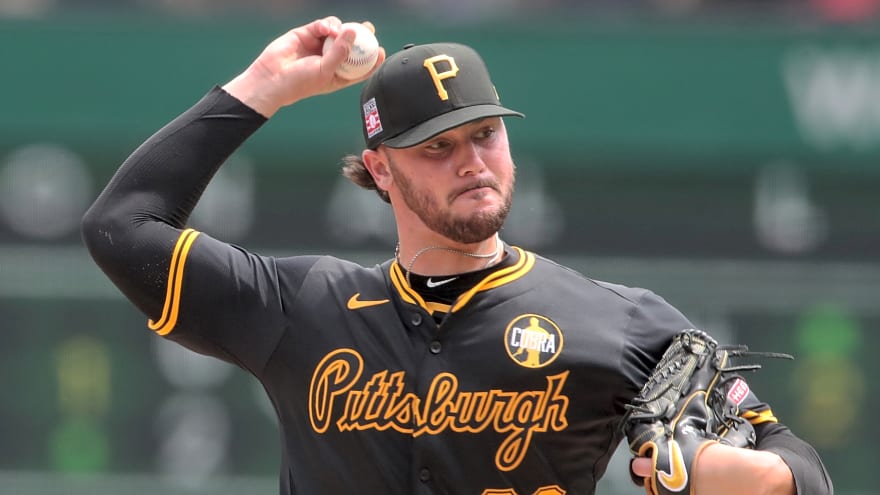
Pirates' Paul Skenes continues to make Cy Young case with dominant July
Pittsburgh Pirates ace Paul Skenes continued his charge toward the National League Cy Young Award on Sunday afternoon, pitching six shutout innings against the Arizona Diamondbacks in a 6-0 win. It also completed an utterly dominant month of July that saw his performance reach an entirely new level, even for him. Including Sunday's start against Arizona, Skenes made five starts in July and threw 27 innings. He allowed just two runs in those innings, and both of them came on one swing of the bat in a July 11 start at Minnesota, where he allowed a two-run home run against Trevor Larnach. Other than that one swing, nobody scored a single run against Skenes in the month, including his one inning of work in the 2025 All-Star game. Overall, his ERA in July was a microscopic 0.67 with a 0.88 WHIP, while striking out 36 batters (12 per nine innings) and walking just three. It is almost impossible for a pitcher to be more dominant than that over a single month. He has also yet to allow a first-inning run in any start this season. All of this has only strengthened his argument for the 2025 NL Cy Young Award. Through the end of July, his ERA for the season is down to just 1.83, while he leads the National League in ERA, FIP (fielding independent pitching) and WAR (Wins Above Replacement), while trailing only Philadelphia's Zack Wheeler in WHIP (0.89 to 0.90). Sunday was the 45th start of his career, with his career ERA now sitting at 1.89. That is the third-lowest of any pitcher in baseball since ERA became an official stat in both leagues. He is sandwiched between a bunch of pitchers who played before the live-ball era. In other words, nobody watching baseball today has ever seen anything like this to start a career. The only thing working against him this season is that the Pirates offense has been consistently bad, so even with his dominance, he only owns a 6-8 record, while the Pirates are just 11-11 overall in his starts. That is a knock on the Pirates offense. Not him.
